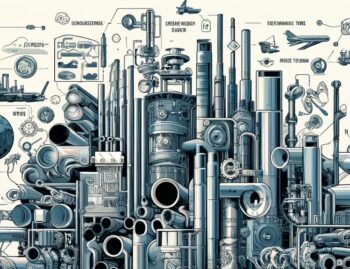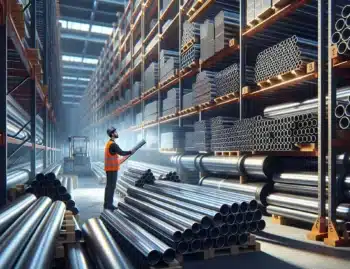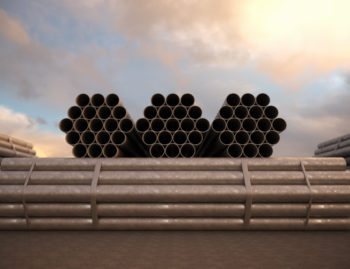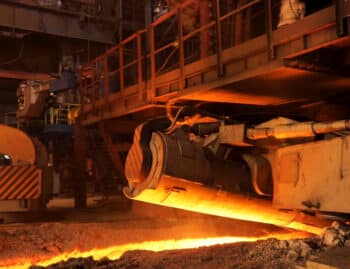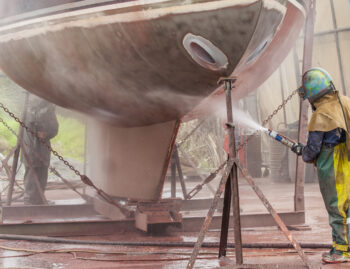In the 1950’s China took major steps to industrialize their economy. Part of that process included steel production. China’s steel production was at 66.4 million tonnes by 1990. It nearly doubled to 128.5 by the year 2000. In 2010 it was 638.7 and by 2014 it had reached an amazing level of 822.7. The increase in steel production all those years was primarily driven by rapid economic growth. They not only exported steel but used it extensively in building projects in their own country. Since steel is an alloy that is incredibly flexible and is easily customized, it’s been a critical component of the Chinese economy. The phenomenal growth in the steel industry, however, has drastically been reduced in recent years due to an economic downturn.
How Chinese Steel is Affecting Trade
The state of trade is currently a hot topic, even among Presidential candidates. Since China’s economy has been slowing in recent years, many Chinese companies are selling steel at extremely low prices to avoid layoffs and keep sales going. China’s demand dropped over 3 percent for steel in 2015. This forced producers of steel to look outside their country for buyers. Because of this need to look outward, the Chinese increased steel exports approximately 25 percent in 2015. Chinese steel is a big part of the controversy surrounding free trade. This is primarily because Chinese steel is currently extremely cheap.
How Are Other Countries Reacting to Low Steel Prices?
Because the costs for producing steel in China are subsidized by the government they can afford, at least for awhile, to produce steel at a financial loss. In fact, the global prices for steel are at a 10 year low. Many other countries, however, are not happy about how the low prices are affecting the overall global trade. There have been some suggestions that creating higher import tariffs is the best way to counter such low prices. Other countries that produce steel are already raising import tariffs on China. Some of these countries include Indonesia, India, and the United States.
What Does the Future Hold for Chinese Steel?
It’s likely that providing cheap exports to the global community will continue at least for awhile. Many experts, however, are expecting a recovery to be right around the corner for the steel sector. According to a recent article in Forbes, U.S. Steel is currently lobbying congress to make import duties as high as 233 percent or more a reality this summer. The global economy and even the outcome of the United States elections may play a part in the future of Chinese Steel.


